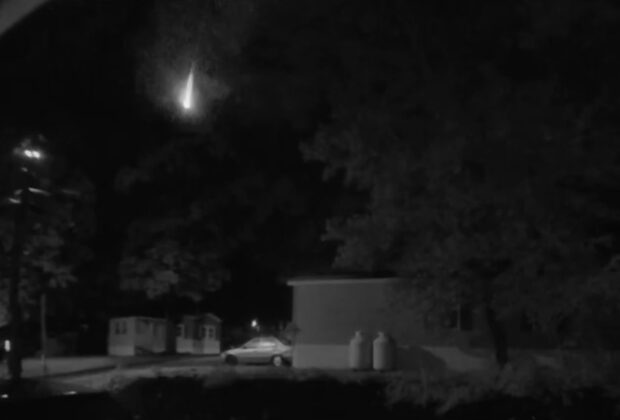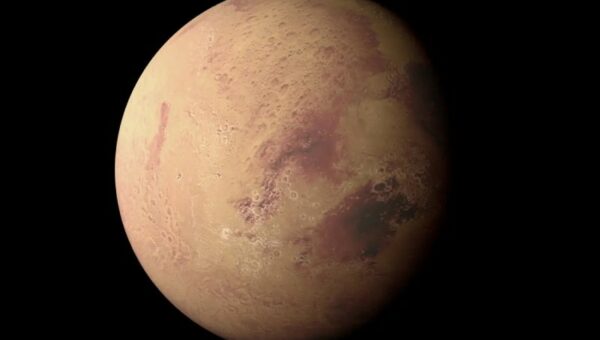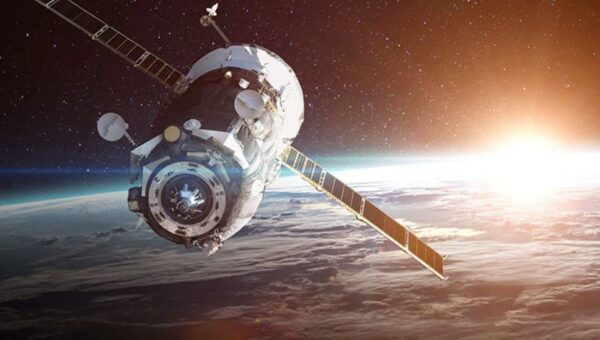A dazzling fireball entered the earth’s atmosphere on Wednesday night, lighting up the evening skies over a large portion of the eastern United States and parts of Canada before it quickly burned up. Data gathered by the American Meteor Society shows that over 200 ground observers in 11 U.S. states plus Ontario reported seeing the brilliant show.
According to the statistics, most observers of the meteor on Wednesday night claimed to have seen it between 6:45 and 7 p.m. EST, and the majority of individual sightings lasted between 1 and 7 1/2 seconds. However, a few reports from Augusta, West Virginia, and Front Royal, Virginia, said that the fireball was seen for up to 20 seconds before it vanished. These accounts suggested that the falling space rock lasted for a considerable amount longer than that.
Even if some sightings were fleeting, they were especially colorful. Donald Bradner, a homeowner in Lyndon, Virginia, posted ring camera footage online that appeared to show a brilliant flash of light shooting across the skies over neighboring Maryland. CBS affiliate WUSA-TV was able to secure the clip. According to the TV station, there were more sightings on Wednesday night in Pennsylvania and the Midwest, with at least one reported in Westlake, Ohio, and another in Southfield, Michigan.
“Meteors are harmless and never hit the surface of the earth. Meteorites, on the other hand, do hit the earth before they burn up,” according to Topper Shutt, a meteorologist with WUSA, who reported on the most recent occurrences late on Wednesday.
NASA estimates that every day, approximately 48 1/2 tons of meteoritic debris fall upon Earth. A meteor, often known as a shooting star, is a space rock that burns up as it spontaneously hits the atmosphere. A fireball is a particularly brilliant one that can occasionally appear even brighter than Venus.
The space rocks are called meteoroids before descending down toward earth, and they can vary greatly in size. Some are as small as a grain of dust, while others are as large as an asteroid. Most of them are pieces that broke off of larger objects in space, like comets or even the moon and other planets, NASA states that meteoroids can be metallic, rocky, or a mix of the two.
In September of last year, hundreds of people in the mid-Atlantic region of the United States witnessed one particularly bright fireball. Scientists discovered that the initial meteoroid from which the fireball originated was a tiny piece of an asteroid, despite NASA’s claim that the fireball was as brilliant as a quarter moon at the time. They stated that the asteroid might have originated in the asteroid belt that lies between Mars and Jupiter.




